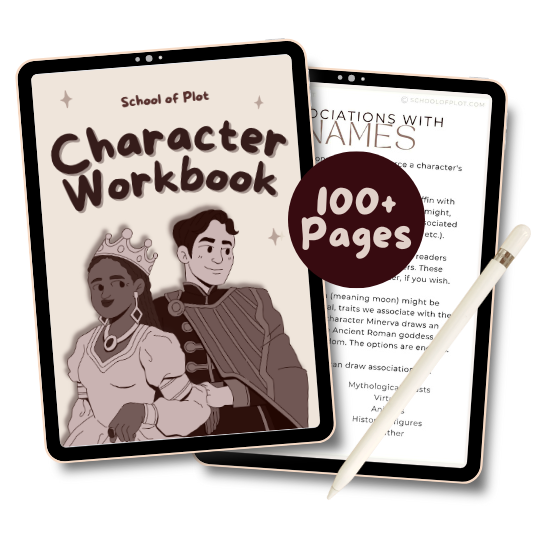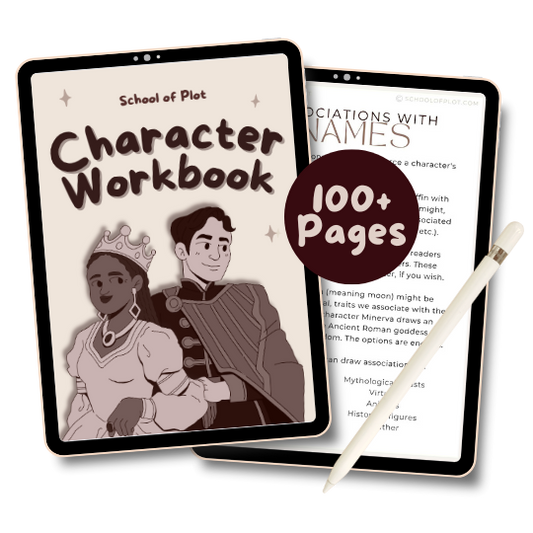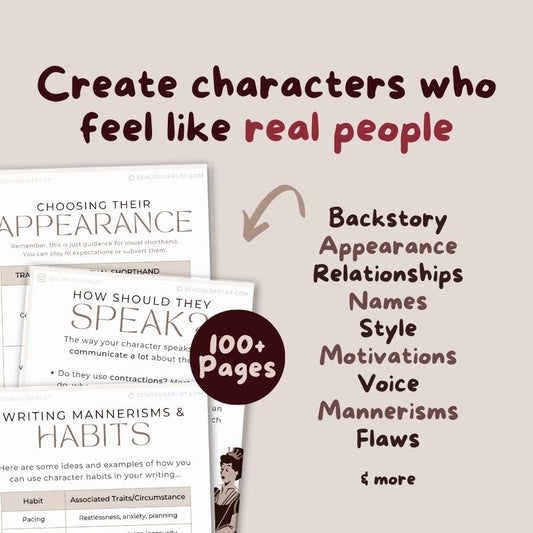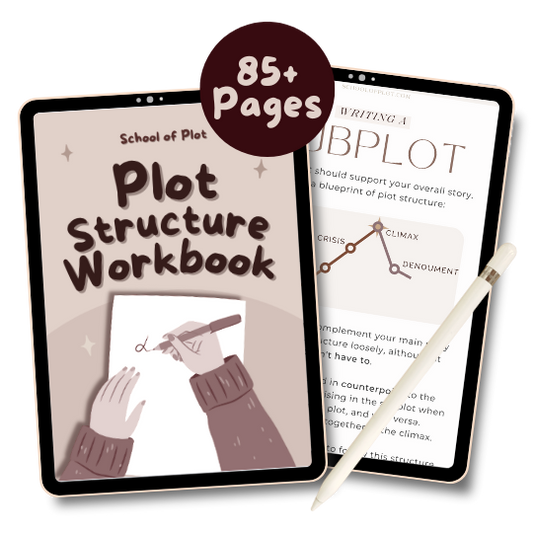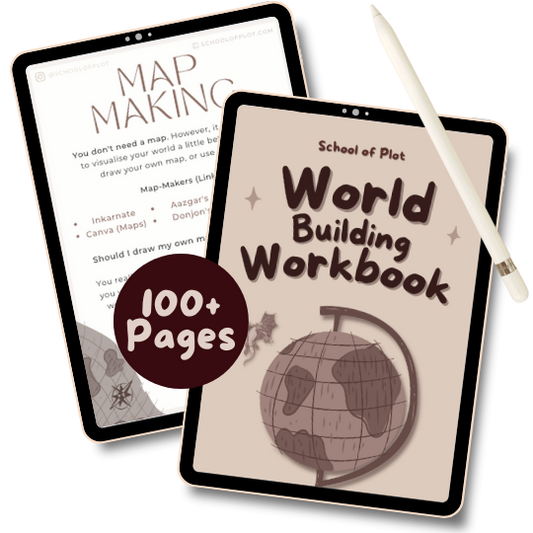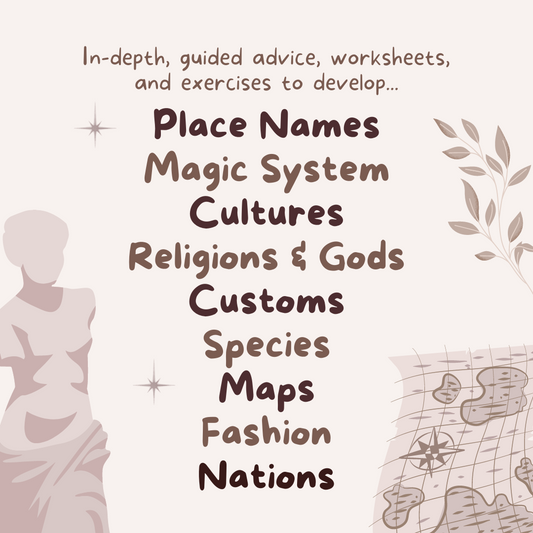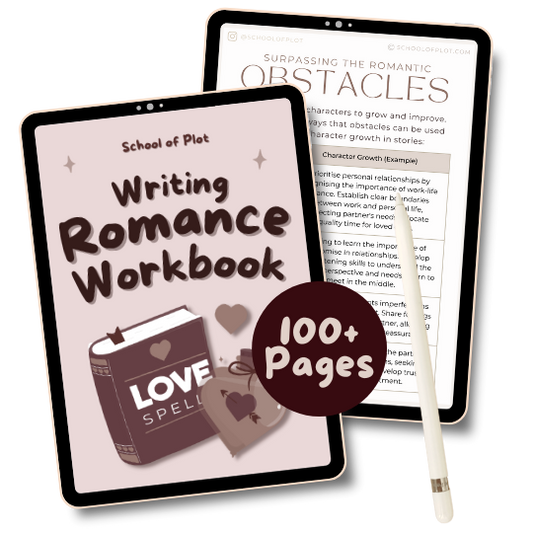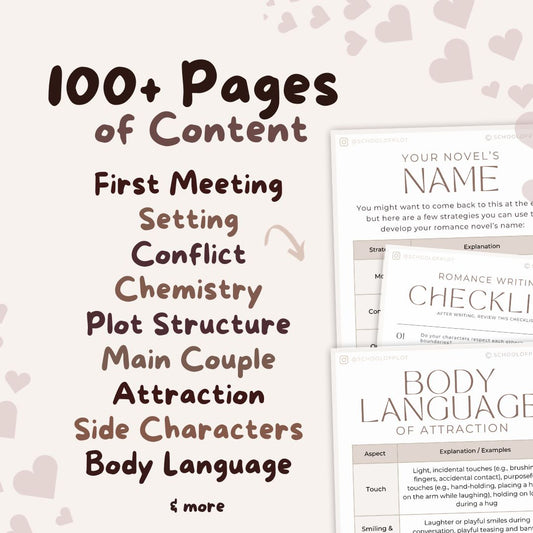I reached out to the editors of some really cool literary magazines and asked them what makes a first line stand out. These are people who read more opening lines in a month than most of us read in a year, and they’re reading discerningly.
Please note that these quotes apply to poetry and prose fiction, so take what resonates with your work.
Brooke Randel, Prose Editor at Chestnut Review
"A line that makes the reader want more. That could mean creating tension, building urgency, setting an intriguing tone—there's no one way, just trial and error."
"There are a lot of things that can make a standout first line. However, all of them depend on the poem and the poet’s intentions. This is to say that the first line of the poem should be capable of providing a path through which one can enter into the poem comfortably, or at least point the reader in the direction of such a path. On a sonic level, the first line of a poem could make use of rhythm, meaning the lines should be measured in a way that allows for the reader to enter into it without stumbling and falling on the length of words or the length of the line itself. In the end, it depends on what the writer wants and how best they can communicate this in the first line of the poem."
Chirag Desai, Founder/Editor at Frivolous Comma
“A good opening line is like calling someone’s name: it stops them mid-stream and forces them to look for the caller. Bring the reader as quickly into your world as possible. This can be a short sentence, a clever turn of phrase, a descriptive opening that has painterly prose, or spoken dialogue.”
Jade Green, Editor-in-Chief of Oranges Journal
“A good first line drops you right into the centre of things - almost as if the story started before you got there and now you're trying to catch up. It is confident, refined, and contains an irresistible detail that seduces you, makes you *have* to read on. It is also unpretentious - I don't like it when I can feel the writer trying to show me how clever they are.”
Ophelia Monet, Editor-in-Chief at Wildscape Literary Magazine
“As an editor, I want to feel enthrallment from the very start of a poem or flash piece. I want something that’s going to haunt me before I even finish reading. While I love all types of poems and stories, there are common threads between the intros of pieces that tend to really draw me in. What makes a first line is usually one of three things, for me. While this is not an exhaustive list by any means, these are the first line "vibes" that make me excited to read the rest of a piece. As an editor who reads hundreds of pieces per week, I crave the I-can't-put-this-piece-down feeling. If you can give me that feeling, then we're off to a great start.
1. Chaos and/or whimsy. I love a piece that pulls me into immediate mayhem or fantasy. I love madness that keeps me on my toes from the first line until the last.
2. Mystery/Intrigue. I want to wonder what the heck is going on, and where I’m being taken next. One of the best ways to keep my eyes glued to the page is unpredictability. Make me question everything you say.
3. Cold, blunt, and biting introductions. Nothing makes me nod my head and hum “mhm” quite like bitter, short phrasing (this is especially true for poetry). I love intro lines that cut."
Sofia Ida Cestari, Editor-in-Chief at Eloquentia Magazine
Charlie Ho, Editor-in-Chief of Chartium“As an editor and reader, I like bold first lines. Unusual first lines. I’m sick of seeing cliché first lines, I want something intriguing that reasons with the tone of the book! I think it’s kind of like the essence of the book in one first sentence, the one sentence you’re pretty sure everyone will read in your book!”
Seohyun Ryu, Editor-in-Chief at the Malu Zine“Provocative, tense, yet intimate”
Dina Dwyer, Senior Editor at Weird Lit Magazine“Us editors focus a lot on the first line when reviewing submissions because the first line sets out the scene and the writing style of the writer. But, like everything that stands out, we love it when writers break our expectations. For example, we remember reading a poem that had its first line connect with the title, so the title was “the first line” of the poem which made the title intertwine with the whole piece instead of it feeling detached. All in all, a standout first line breaks norms, grammar, and often syntax because, at the end of the day, we believe that the writers are the ones who create their own rules when writing and we want to foster that creativity”
September, Editor-in-Chief at Weird Lit Magazine"In short fiction, the first few lines are crucial in setting the tone and voice. Something should be happening. Grab the reader by the nose and don't let go."
"First lines should avoid cheap tricks like posing questions or making shocking statements, and should instead entice the reader with a clue of what’s to come. Give them an elemental detail concerning character, setting, or conflict that is so intriguing, they’ll have no choice but to read further."
Fawn, Senior Editor at Weird Lit Magazine
"A good first line needs to conjure a vibrant image from nothing, or plant you uncomfortably in the middle of an action."
Mo Buckley Brown & Anya Jane Perez, Co-EICs at Jelly Squid Magazine
Dorian Winter, Editor-in-Chief of Antler Velvet Magazine“A great first line is bold and concise — something relatively short and simple but that conveys some level of crucial information about what the rest of the text holds. First lines that show a great deal of intentionality in what a writer chooses to reveal about the rest of their piece tend to indicate stronger and more dynamic pieces overall! and we also think it’s important that a first line finds a way to convey a strong narrative voice, or at least hint at the overall tone of the piece!”
Holly, Editor at Not Quite Sure Literary Magazine“We look for first lines to be striking, evocative and leave us with unanswered questions. First lines should also be on the shorter side to help jumpstart a rhythm in the reading process.”
“For me, a good opening line sets up the world you’re about to enter. This could be the date and location (as above), or something to do with the magic system, a key character or event. Non-linear openings might give an idea of what’s to come in a way that keeps a reader interested, wondering when the element shown will come into play and how the story gets there. Either way, it should be something that helps you settle into the world and understand the tone of the story you’re about to read.”
Ophelia Monet was even kind enough to share some examples of first lines that stopped her in her tracks. Thank you for such a great insight! The following are her picks...
An Example of Chaotic/Whimsical First Lines
CHAOS: Dopamine Fast by Joshua Lillie
“I hear why so serious, but we don’t carry
that flavor ice cream.”
WHIMSY: Rosemary, Lavender and Thyme by Linea Jantz:
“Rosemary, Lavender and Thyme sat at an oaken table, each with a secret cupped in the palm of her hand.”
An Example of Mysterious/Intriguing First Lines
encomium of the canary by K. McNeil:
“my captor keeps me close and clipped
like song.
i am that yellow bird-like thing,
fluent in suffering-speak.”
An Example of Cold/Blunt/Biting First Lines
Apology by Terry Tierney
“You ask me why I comb my hair
now that it’s fallen out
as if the seconds I waste could add up
to something.”
ENDING LINES ARE JUST AS IMPORTANT TO ME, IF NOT MORE SO, AS INTRO LINES. Nothing hits me quite like a powerful ending line. Some examples:
Sometimes the sun is hot, and colourless by Victoria Spires:
“And if that is not an argument
to occasionally lift up the bonnet
of meaning, then consider, if all we build
is not a secret architecture of leaving?”
Syntax by Ian Parker
“and remember I failed music theory
and linguistics the same semester
that tone is indistinguishable from voice
and that’s the real punchline”
Thank you again to all the editors who contributed to this piece! Please find their journals linked.
